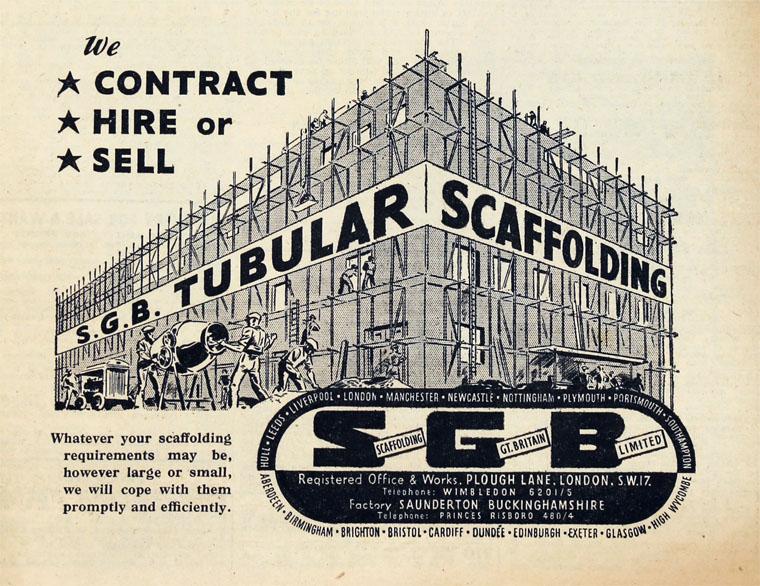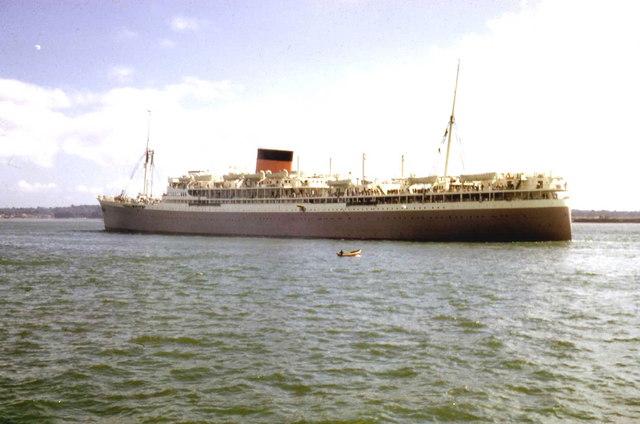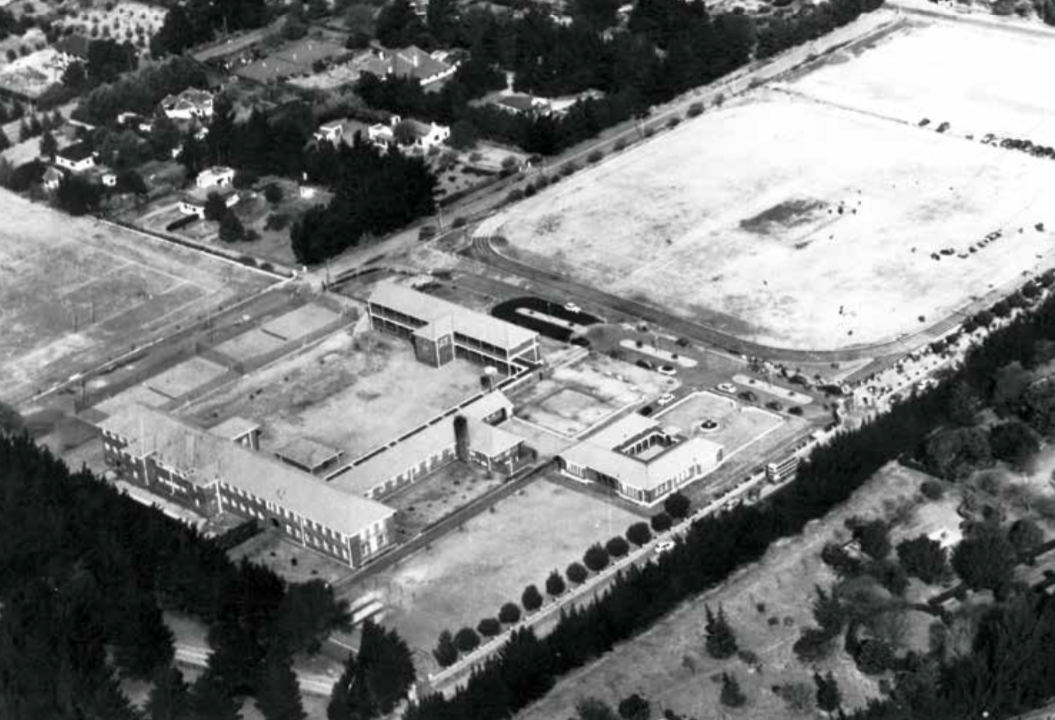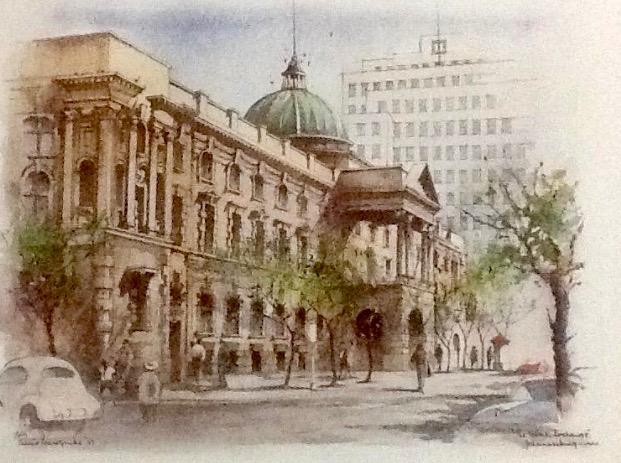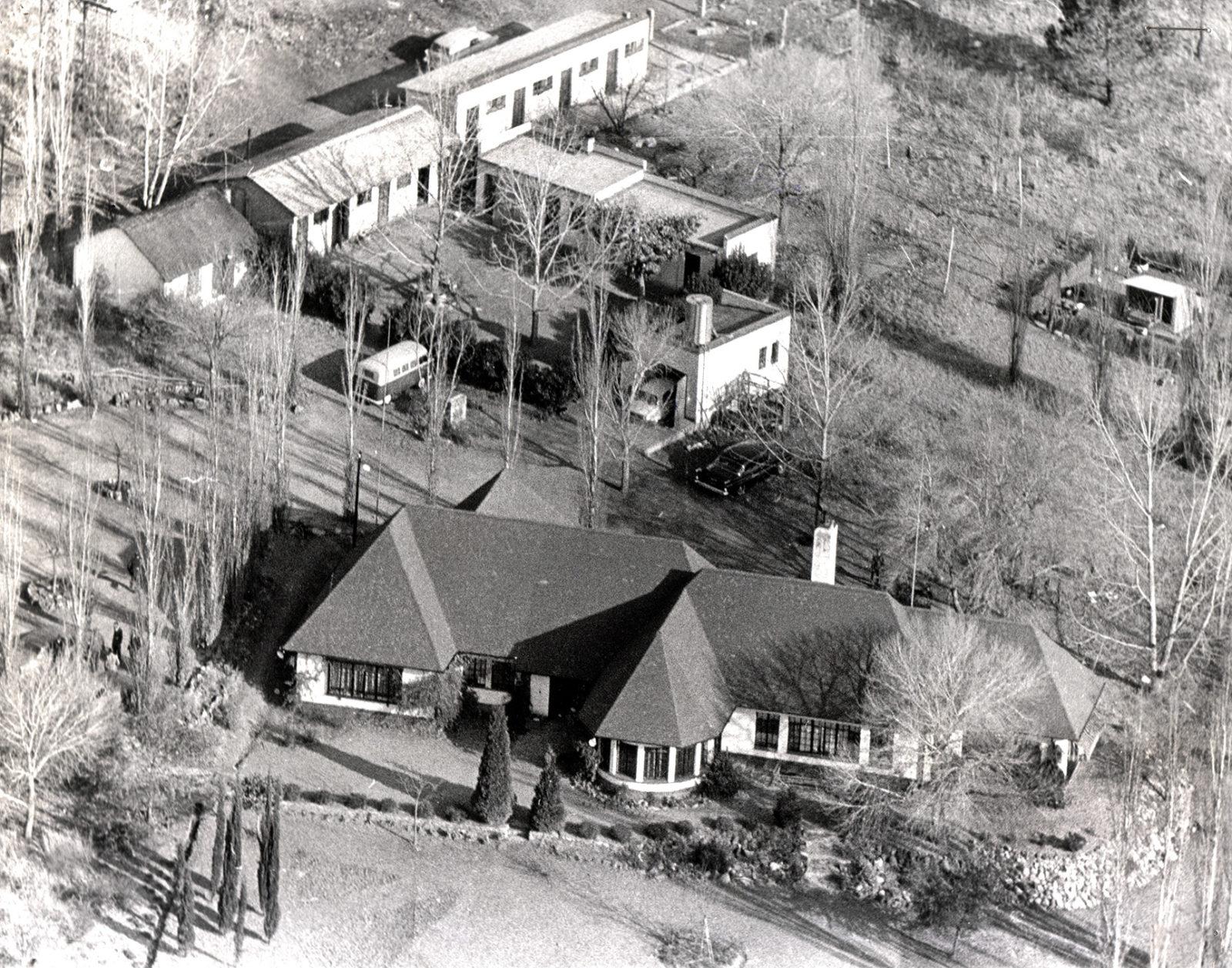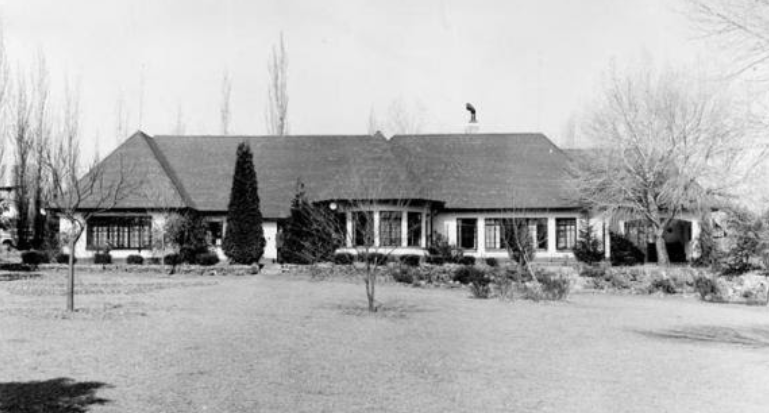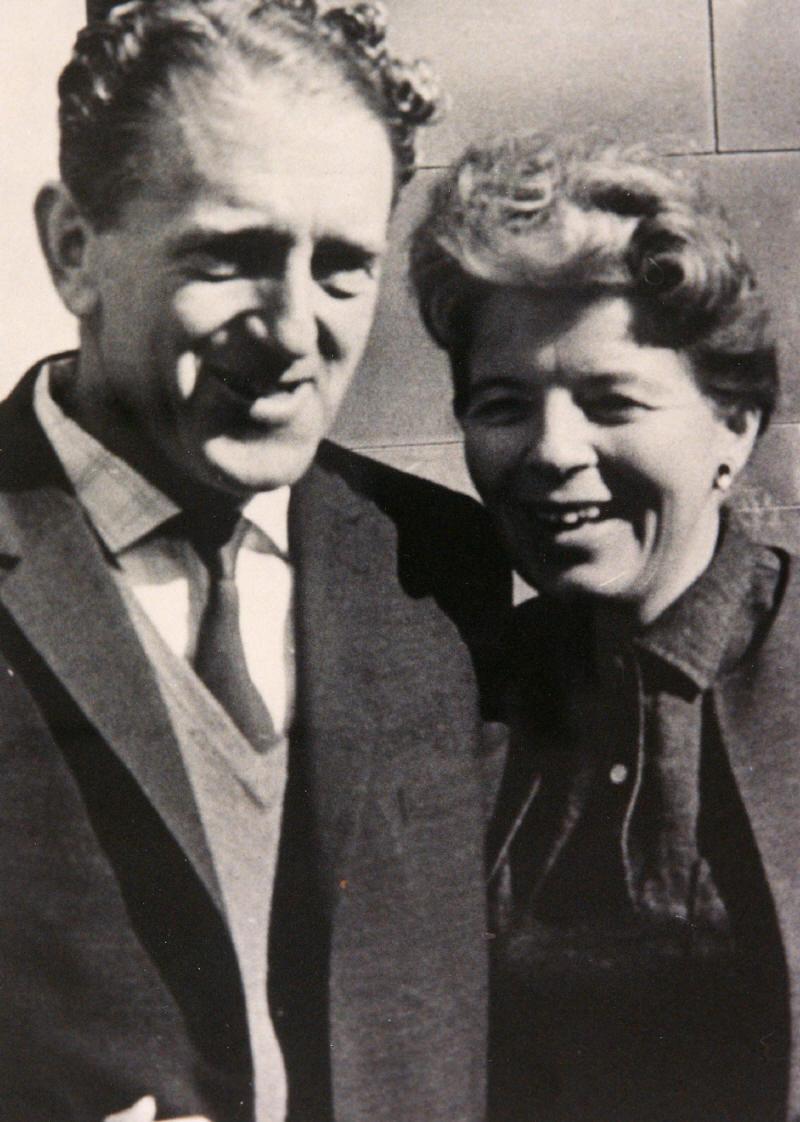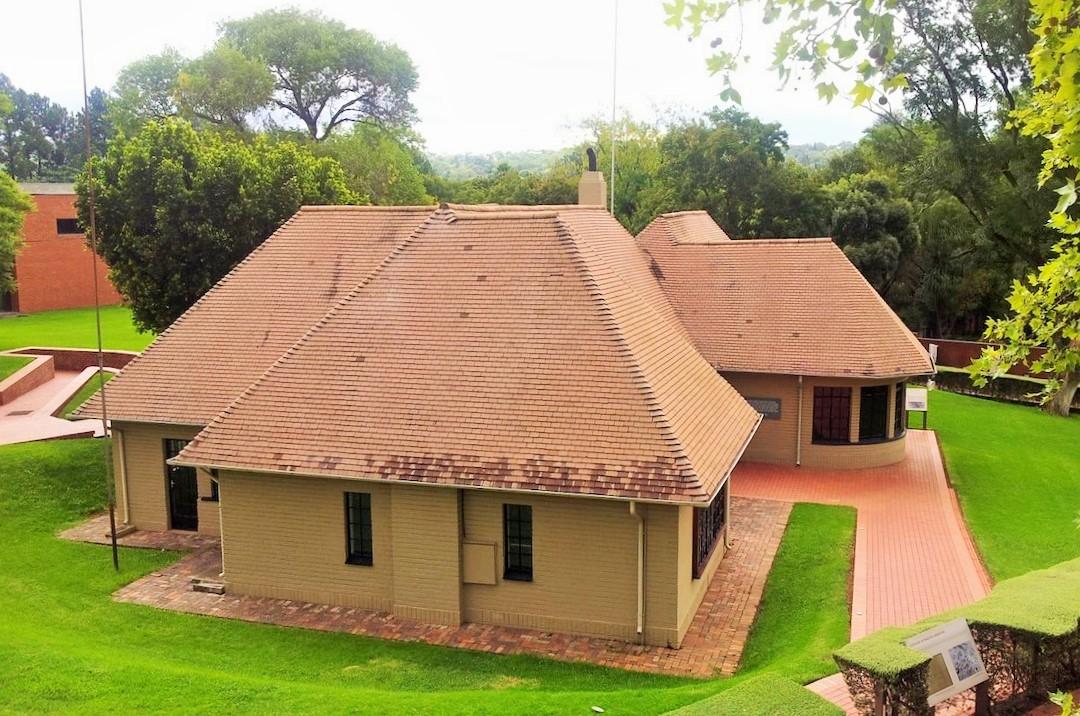
Disclaimer: Any views expressed by individuals and organisations are their own and do not in any way represent the views of The Heritage Portal. If you find any mistakes or historical inaccuracies, please contact the editor.
The recent article by Kathy Munro on Liliesleaf farm and Rivonia (click here to read) had me digging out and reviewing some notes I made a while back.
This Robinson family, like many at that time, came to South Africa when then family head, Peter Robinson was sent out from England to take charge of the local branch of the large company he was employed by in London. Scaffolding Great Britain (SGB) promoted Peter Robinson to Managing Director of SGB South Africa and he arrived in the country in mid-1959, to be followed by the rest of his family and his own, by now widowed, mother. Eldest son Howard, then aged 14, convinced the family to let him fly out by BOAC Bristol Britannia while the rest of the family sailed from Southampton in December 1959 on the Union Castle Lines ship Stirling Castle. Those who enjoyed the sea trip were Grandma Robinson, Mary (wife of Peter), Mark (12 yearold second son), Angela (8)* and the family cat Midge! ** First landfall in South Africa was at Cape Town on New Year’s Day 1960 and the Coon Carnival was a colourful if slightly bewildering introduction to the country. We weren't sure if this was what we would see every day!
Old advert for SGB (Grace's Guide)
Stirling Castle (Wikipedia)
Some months spent settling in to life in South Africa, first in a residential rondawel complex in Hyde Park near the Marist Brothers College and then in a similar complex on the Jukskei River (now Sandspruit) in Rivonia culminated in the purchase of the first family home in Africa, Riverside Cottage at the extreme bottom end of 10th Avenue, Rivonia.***
Aerial shot of St David's circa 1940s (St David's 75 Year Book)
Riverside Cottage had been the home and studio of renowned South African artist Phillip Bowcombe prior to the Robinson’s purchase and got its name from the simple fact that the lower boundary of the property was formed by what was then known as the Klein Jukskei River (now Braamfonteinspruit). The area on the far, west side of the river, which is today fully builtup as part of Bryanston, was at that time completely undeveloped and small wildlife was occasionally seen while along the river itself otters, meerkats and snakes were regular sightings.
A Philip Bawcombe drawing of the Third Johannesburg Stock Exchange Building
The east side of the river was also far from built up. Starting from the Bryanston Drive bridge over the Klein Jukskei there was a strip of undeveloped land then three houses at the bottom of 10th Avenue, with Riverside Cottage the centre property followed by a smallish but active dairy farm, a slightly larger pig farm (Mr. & Mrs. Hughes and their son Billy, who became a great friend of Howard Robinson) and then there was one more property before the somewhat overgrown and unkempt Liliesleaf Farm beyond which there were no other obvious private properties de-marked on either side of the river all the way to the boundary fence of Leeukop Prison once one had passed under the road bridge of Witkoppen Road – no N1 in those happy days!
In the village itself there were a few shops, a very well run chemist and the post office, complete with manual phone exchange – if the amazing, blind Mr. Hinde was on duty and one was trying to phone home he often knew where my mother was if not home – two garages and the convent, which as good Catholics we were quite familiar with until the parishioners got together enough money to build a proper church to the south of the, by then starting to grow little hamlet.
Liliesleaf Farm
By the early 1960s, the second Robinson son, Mark – then in his early teens – liked to take the family dogs for regular long walks on weekends and summer evenings down the Klein Jukskei River and often crossed the lower part of Liliesleaf close to the river, occasionally seeing and greeting what to young eyes seemed simply to be a group of labourers on the property, who always appeared very pleasant.****
Old photo of Liliesleaf from above (Liliesleaf Trust)
During this period Mark was also involved in the setting up of the first South African Junior Rotary Club by the parents, Cliff and Alpha, of then girlfriend, Jeanine Baard. Amongst the many local youngsters who became part of this club was the daughter of the then owners of the local caravan park.
In what must have been in late 1962 and early 1963 this lass regaled her peers with slightly salacious tales of the ‘couple’ who for months on end lived in a caravan parked just inside the caravan park entrance, behind the boundary fence and hedge and immediately opposite the entrance to Liliesleaf on the other side of the (old) Rivonia Main Road, it being suggested that there was something strange going on since members of the ‘couple’ seemed to change from time to time but not always at the same time and rarely did anyone seem to leave the caravan!*****
Also unusual, the caravan had had a telephone line installed, a fact strange enough in those days to generate even more conjecture amongst the teenagers.
The day after the raid on the farm the ‘couple’ and their caravan departed and, as the story of the raid became known, it was clear to the youngsters that these had been police keeping a check and recording all the comings and goings at the farm and it is possible – even probable – that it was they who gave the signal to raid.
A later connection
Some years later Howard Robinson, by then head of the architectural division of ZIA, purchased one of the erven made available when Liliesleaf was sold off as Rivonia Extension, with the old, long driveway to the farm house becoming the access to the little area as George Avenue. The erf concerned was the one immediately to the east of the main farm house and included two or three small out buildings.
In a short period of time these out buildings were linked and the whole became a usable but rather basic cottage while a modern house was built as a primary residence alongside. Once the new house was completed the small cottage was let out to various tenants.
Also during this period Howard married his second wife, Marilyn and the entire ceremony and reception was held in the original Liliesleaf house which by then belonged to a friend and neighbour.
Old photo of Liliesleaf farmhouse (Liliesleaf Trust)
And a puzzle, or two
Rusty Bernstein has been quoted as saying that he had seen the ‘dry cleaning’ van used by the police to access the farm parked outside the local police station. At that time the Rivonia Police Station was not on the main road, Rivonia Road, but in the second block east down 11th Avenue, a position not visible from Rivonia Road. This would have meant that Bernstein would have had to specifically drive down 11th Avenue to have spotted the van. Even if he had done so it is perhaps surprising that he would have noted something as innocuous as a dry cleaning van which, in the normal course of business, would hardly seem out of place almost anywhere – even at a police station. If he had those suspicions, why did he not head to the farm to tell his colleagues to scatter?
It has also been suggested in some reports that a young – one source says 10-year old – son of a neighbour was the source of the police’s information. This surely has to be wrong as no 1960s 10-year old would have the knowledge or interest in such matters to raise even the slightest suspicion in their minds although the source of the information that lead to police knowledge about, and surveillance of, the farm is not clear.
Hilda and Rusty Bernstein
Breaking the colour bar
Peter Robinson was later to make a few waves when, during the 1970s and by now Managing Director of SA Scaffolding Co. (SASCO) which he had started with a number of other Johannesburg businessmen, he broke the colour bar then in force in the industry.
As with most industries and service providers at that time, various laws made it illegal for black personnel to work unless under the full-time supervision of a European ‘charge-hand’ or ‘team leader’. After the firing of several of these most unreliable ‘charge-hands’ by Mark Robinson, by now working for SASCO, Peter Robinson and his fellow directors took the bold decision to not replace them but to let the teams continue to operate without direct European supervision only strengthening the Contract Management team.
In most cases the above mentioned ‘charge-hands’ thought their jobs were safe owing to the legal requirements in force at that time and in many cases did little or no work themselves, happy to leave the black members of their team to do all the work while they spent their days drinking and / or smoking dagga while on site. They also, of course, collected wage packets that sometimes equalled those of their entire team of 5 or 6 combined. This imbalance and a row with some of the charge-hands that occasioned Mark Robinson’s summary dismissal of several of them – for which he got into a whole lot of trouble with senior director Charles Kawalsky! However, after receiving a rather muted telling-off for exceeding his authority from his MD (father), he was allowed to run the teams without these nominal charge-hands.
The effect of the above was a marked betterment in output and hugely reduced wage bill, although the teams all received good increases!
It should be noted that two of Peter Robinson’s regular golf partners at the time, and providers of much work for SASCO through the government department they then headed, gave him their unofficial blessing and assurance that if problems were to arise they would speak to the ‘right people’. Those two were then Minister of Sport & Recreation Dr. Piet Koornhof and his DG Ben Keet.
About the author: Now long retired from formal work, all of which was spent in the construction industry, many years of which were in his own companies, Mark has a 45 year involvement in rail heritage including being one of the three founders of the Heritage Railway Association of SA (HRASA) and still acts as a director of Steamnet2000 (Kimberley) and as a transport heritage consultant to the SA Heritage Resource Agency (SAHRA) from his current home in Fish Hoek.
Notes:
* Another daughter, South African-born Ursula was later added to the clan.
** Midge was obtained as a feral kitten living the vast SGB building yards in Mitcham, London and lived to become a large tabby scourge of all other animals, except the family dogs, which he bossed around but tolerated and lasted to a ripe old age of over 15 years with the family.
*** This was followed by moves to bigger houses in Rivonia, the first at the northern end of De La Rey Road (with the original Judy’s Pickled Onions home-produced just a few doors down the road and which we could get the lovely aroma of on bottling days) and then another move to the southern-most end of the same road abutting the Morningside Country Club. By the late 70s the family dispersed as the children took off into their own lives.
**** In light of subsequent events and revelations one might wonder just who these “labourers” might have been!
***** The name – known to the author – of the daughter is purposely omitted from this short narrative.
Comments will load below. If for any reason none appear click here for some troubleshooting tips. If you would like to post a comment and need instructions click here.

